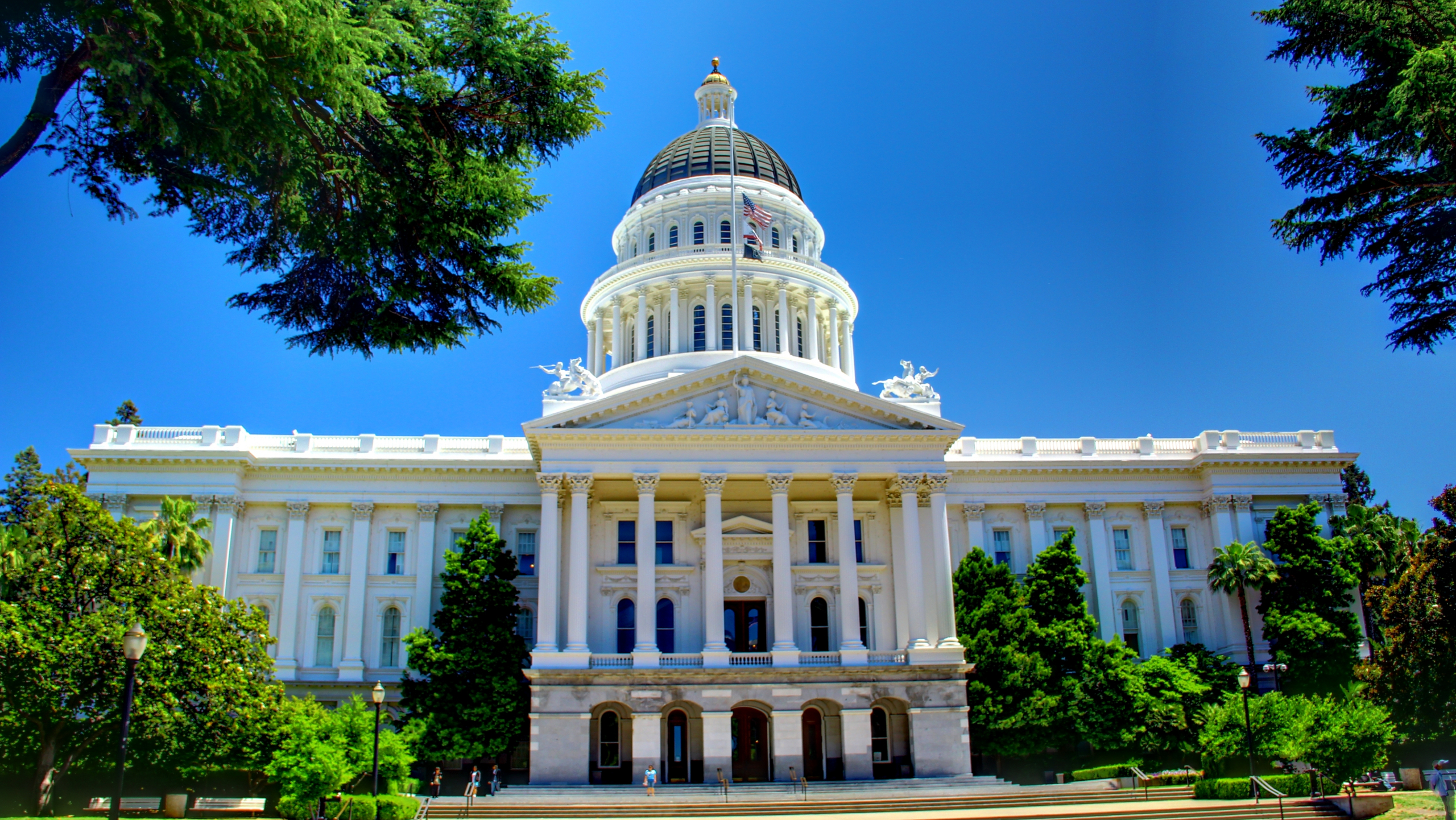HEAT GOVERNANCE & POLICY
We conduct research to inform evidence-based heat governance, including policy, planning, and regulation, to protect vulnerable populations and communities. The work focuses on providing solutions to proactively address heat exposure where people live, work, and go to school — before it becomes an acute health emergency. Our research includes assessing how to make cities more heat resilient through physical interventions and adaptations to protect public health.
After identifying gaps in California’s programs and funds, we created policy briefs to guide an equitable and comprehensive approach to heat. Now we are analyzing funding and policy best practices from across the nation, the federal government, and beyond.
California State Capitol Building; credit: Wikimedia Commons

